Advanced Textbooks in Control and Signal Processing
�
Series Editors
Professor Michael J. Grimble, Professor of Industrial Systems and Director
Professor Emeritus Michael A. Johnson, Professor of Control Systems and Deputy Director
Industrial Control Centre, Department of Electronic and Electrical Engineering,
University of Strathclyde, Graham Hills Building, 50 George Street, Glasgow G1 1QE, U.K.
Other titles published in this series:
Genetic Algorithms
K.F. Man, K.S. Tang and S. Kwong
Neural Networks for Modelling and Control of Dynamic Systems
M. Nørgaard, O. Ravn, L.K. Hansen and N.K. Poulsen
Modelling and Control of Robot Manipulators (2nd Edition)
L. Sciavicco and B. Siciliano
Fault Detection and Diagnosis in Industrial Systems
L.H. Chiang, E.L. Russell and R.D. Braatz
Soft Computing
L. Fortuna, G. Rizzotto, M. Lavorgna, G. Nunnari, M.G. Xibilia and R. Caponetto
Statistical Signal Processing
T. Chonavel
Discrete-time Stochastic Processes (2nd Edition)
T. Söderström
Parallel Computing for Real-time Signal Processing and Control
M.O. Tokhi, M.A. Hossain and M.H. Shaheed
Multivariable Control Systems
P. Albertos and A. Sala
Control Systems with Input and Output Constraints
A.H. Glattfelder and W. Schaufelberger
Analysis and Control of Non-linear Process Systems
K. Hangos, J. Bokor and G. Szederkényi
Model Predictive Control (2nd Edition)
E.F. Camacho and C. Bordons
Principles of Adaptive Filters and Self-learning Systems
A. Zaknich
Control of Robot Manipulators in Joint Space
R. Kelly, V. Santibáñez and A. Loría
Publication due July 2005
Robust Control Design with MATLAB®
D.-W. Gu, P.Hr. Petkov and M.M. Konstantinov
Publication due July 2005
Active Noise and Vibration Control
M.O. Tokhi
Publication due November 2005
�
V. Bob´al, J. Böhm, J. Fessl and J. Mach´aˇcek
Digital
Self-tuning
Controllers
Algorithms, Implementation and Applications
With 187 Figures
123
�
Vladimír Bob´al, Prof. Ing. CSc.
Tomas Bata University in Zlín, Faculty of Technology,
762 72 Zlín, Czech Republic
Josef Böhm, Ing. CSc.
Academy of Sciences of the Czech Republic,
Institute of Information and Automation, 182 08 Praha 8, Czech Republic
Jaromír Fessl, Ing. CSc.
Consultant in Control Engineering, Hornomˇecholupsk´a 76, 102 00 Praha 10,
Czech Republic
Jiˇrí Mach´aˇcek, Doc. Ing. CSc.
University of Pardubice, Faculty of Chemical Technology,
532 10 Pardubice, Czech Republic
British Library Cataloguing in Publication Data
Digital self-tuning controllers : algorithmus,
implementation and applications. - (Advanced textbooks in control and
signal processing)
1. Self-tuning controllers
I. Bob´al, V.
629.8’36
ISBN-10: 1852339802
Library of Congress Control Number: 2005923880
Apart from any fair dealing for the purposes of research or private study, or criticism or review, as
permitted under the Copyright, Designs and Patents Act 1988, this publication may only be reproduced,
stored or transmitted, in any form or by any means, with the prior permission in writing of the
publishers, or in the case of reprographic reproduction in accordance with the terms of licences issued
by the Copyright Licensing Agency. Enquiries concerning reproduction outside those terms should be
sent to the publishers.
Advanced Textbooks in Control and Signal Processing series ISSN 1439-2232
ISBN-10 1-85233-980-2
ISBN-13 978-1-85233-980-7
Springer Science+Business Media
springeronline.com
© Springer-Verlag London Limited 2005
MATLAB® and SIMULINK® are the registered trademarks of The MathWorks, Inc., 3 Apple Hill Drive,
Natick, MA 01760-2098, U.S.A. http://www.mathworks.com
The use of registered names, trademarks, etc. in this publication does not imply, even in the absence of
a specific statement, that such names are exempt from the relevant laws and regulations and therefore
free for general use.
The publisher makes no representation, express or implied, with regard to the accuracy of the infor-
mation contained in this book and cannot accept any legal responsibility or liability for any errors or
omissions that may be made.
Typesetting: Camera ready by authors
Production and Cover Design: LE-TEX Jelonek, Schmidt & Vöckler GbR, Leipzig, Germany
Printed in Germany
69/3830-543210 Printed on acid-free paper SPIN 11330257
�
To our wives Jana, Marta, Marie and Marie.
�
Series Editors’ Foreword
The topics of control engineering and signal processing continue to flourish and
develop. In common with general scientific investigation, new ideas, concepts and
interpretations emerge quite spontaneously and these are then discussed, used,
discarded or subsumed into the prevailing subject paradigm. Sometimes these
innovative concepts coalesce into a new sub-discipline within the broad subject
tapestry of control and signal processing. This preliminary battle between old and
new usually takes place at conferences, through the Internet and in the journals of
the discipline. After a little more maturity has been acquired by the new concepts
then archival publication as a scientific or engineering monograph may occur.
A new concept in control and signal processing is known to have arrived when
sufficient material has evolved for the topic to be taught as a specialised tutorial
workshop or as a course to undergraduate, graduate or industrial engineers.
Advanced Textbooks in Control and Signal Processing are designed as a vehicle
for the systematic presentation of course material for both popular and innovative
topics in the discipline. It is hoped that prospective authors will welcome the
opportunity to publish a structured and systematic presentation of some of the
newer emerging control and signal processing technologies in the textbook series.
Methods adopted for use in industrial and process control systems are
invariably straightforward in structure and easily implemented. The success of
industrial PID controllers is often claimed to be due to these factors. The self-
tuning controller is a technology, which has all the benefits of structural simplicity
and is not very difficult to implement but has not been widely applied in industrial
application. One possible reason is the recent extensive development of the robust
controller paradigm where the “one size fits all” fixed controller philosophy reigns
supreme. Of course, a conservative controller may come with a performance cost
degradation so it is always useful to have several tools available for each controller
task. And as Professor Bobál and his colleagues Professors Böhm, Fessl and
Macháek show in this advanced course textbook the self-tuning controller can be
very effective in preserving controller performance in the presence of slowly
varying processes, and unknown process disturbances.
Advances on the industrial PID controller will not make the transfer to
industrial practice unless there are lucid and direct textbooks available to aid
�
viii
Series Editors’ Foreword
engineers in understanding the potential of these techniques. In this textbook,
Professor Bobál and his colleagues have captured their experiences in designing
and applying the self-tuning controller method. The book gives a staged
presentation that should enable the industrial engineer to develop new industrial
applications of this adaptive control technique.
The context of self-tuning controllers is established in the opening three
chapters of the book. In these chapters can be found a classification of adaptive
control methods establishing the general position of the self-tuning controller
method. Chapter 3 serves as an introduction to process model nomenclature and to
the techniques of process identification to be used in the text.
Three thorough chapters then follow on different types of control design
methods to be used in the self-tuning controller framework. These chapters
examine closely the self-tuning PID controller (Chapter 4), the algebraic methods
for self-tuning controller design like deadbeat, and pole-placement (Chapter 5) and
finally, a self-tuning LQ controller (Chapter 6). Each chapter contains invaluable
simulation examples and tips for tuning and implementing the various controller
types.
The final two chapters deal with SIMULINK® simulation tools for gaining
experience using the self-tuning controllers devised and recount the author team’s
experiences with some practical process applications. The highlight here is the
application of an adaptive LQ controller to a heat-exchanger process.
Since the 1960s, the academic control community has devised many innovative
controller methodologies but too few of them have made the transition to regular
or widespread industrial practice. This new course textbook on the self-tuning
controller method should enable industrial control engineers to gain an insight into
the applications potential of this very transparent control technique. The material
of the text also gives a good summary of both the theoretical and applications
status of the method, which could prove valuable for graduate classes and for re-
igniting the method as a research theme.
M.J. Grimble and M.A. Johnson
Industrial Control Centre
Glasgow, Scotland, U.K.
January 2005
�
Preface
The field of adaptive control has undergone significant development in recent
years. The aim of this approach is to solve the problem of controller design,
for instance where the characteristics of the process to be controlled are not
sufficiently known or change over time. Several approaches to solving this
problem have arisen. One showing great potential and success is the so-called
self-tuning controller (STC).
The basic philosophy behind STCs is the recursive identification of the best
model for the controlled process and the subsequent synthesis of the controller.
A number of academics from universities and other institutes have worked in-
tensively on this approach to adaptive control; K. J. ˚Astr¨om (Department of
Automatic Control, Lund Institute of Technology), D. W. Clarke (Department
of Engineering Science, University of Oxford), P. A. Wellstead (Institute of Sci-
ence and Technology, University of Manchester), R. Isermann (Department of
Control Engineering, Technical University of Darmstadt), I. D. Landau (Insti-
tut National Polytechnique de Grenoble), H. Unbehauen (Control Engineering
Laboratory, Ruhr University Bochum) and also V. Peterka (Institute of Infor-
mation Theory and Automation, Academy of Sciences of the Czech Republic,
Prague) can be considered as pioneers in this field.
Although during research much effort has been devoted to meeting specific
practical requirements it cannot be said that the above approach has been
widely applied. On the other hand, many projects have been successfully put
into practice. The characteristic common to all these projects was that there
was a sufficiently qualified operator available who was both well acquainted
with the technology in the field and able to take on board the scientific aspects
of the work.
At this current stage of development in adaptive controllers there is a
slight growth of interest in both the simpler and more sophisticated types
of controller, particularly among universities and companies that deal with
control design. It can be seen, however, that the lack of suitable literature in
this field imposes a barrier to those who might otherwise be interested. We
are referring especially to literature which can be read by the widest possible
�
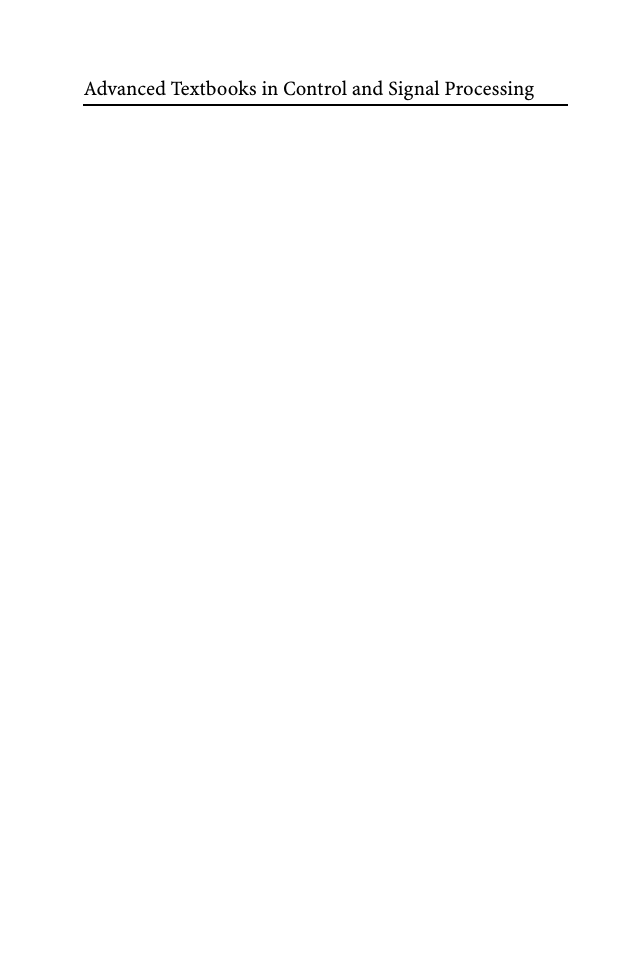
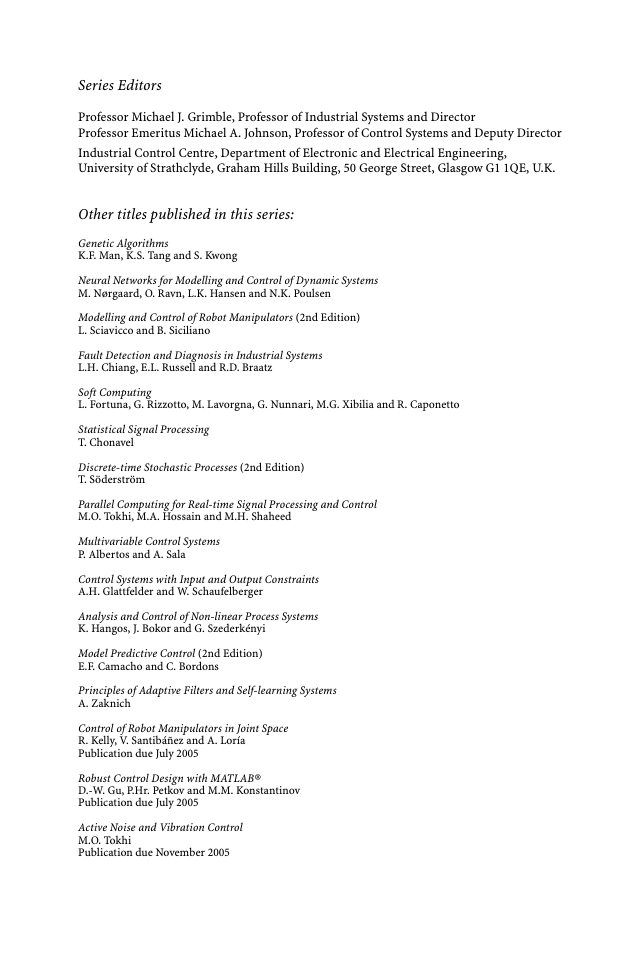

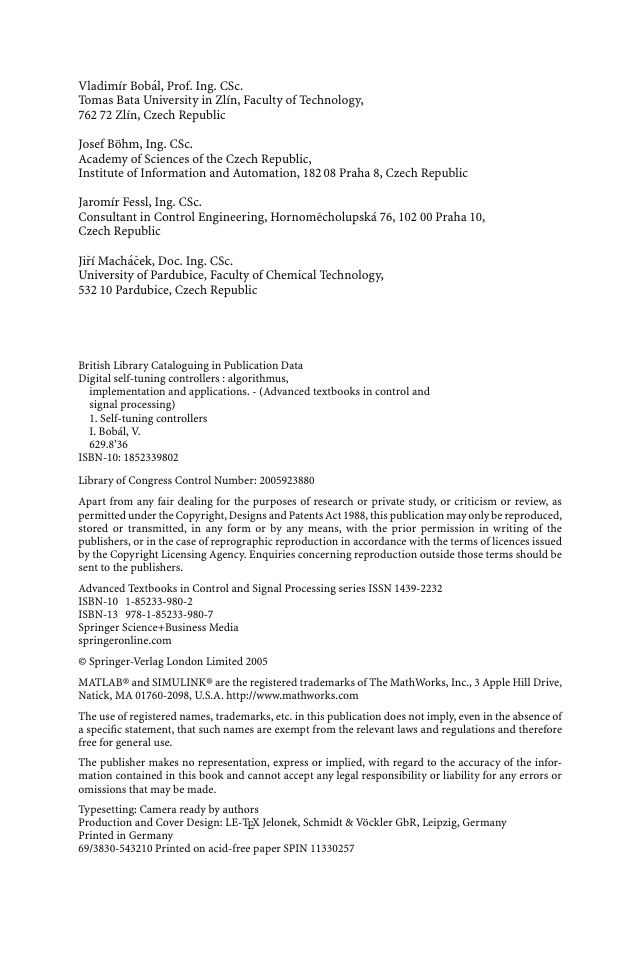
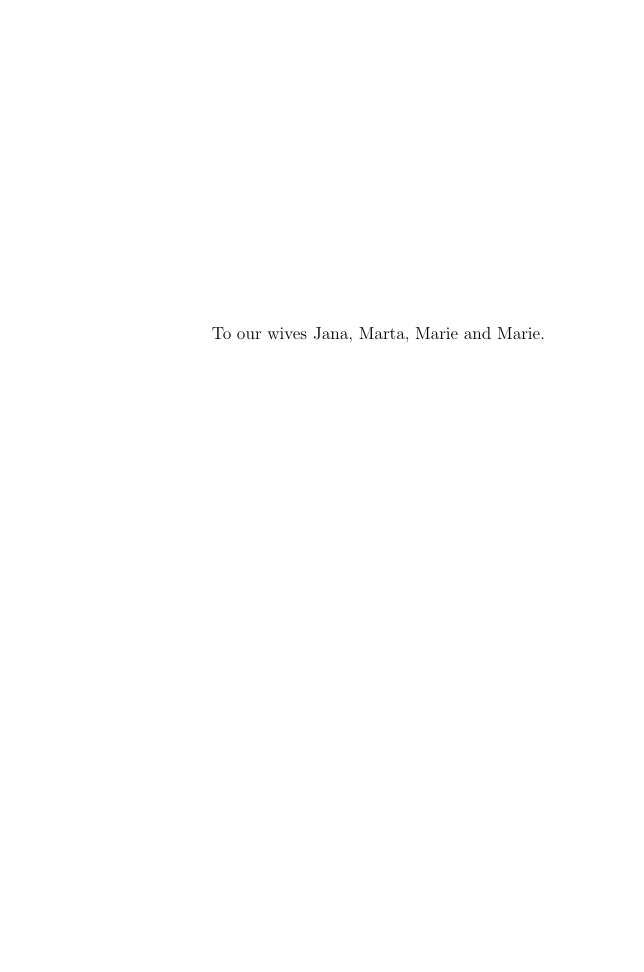

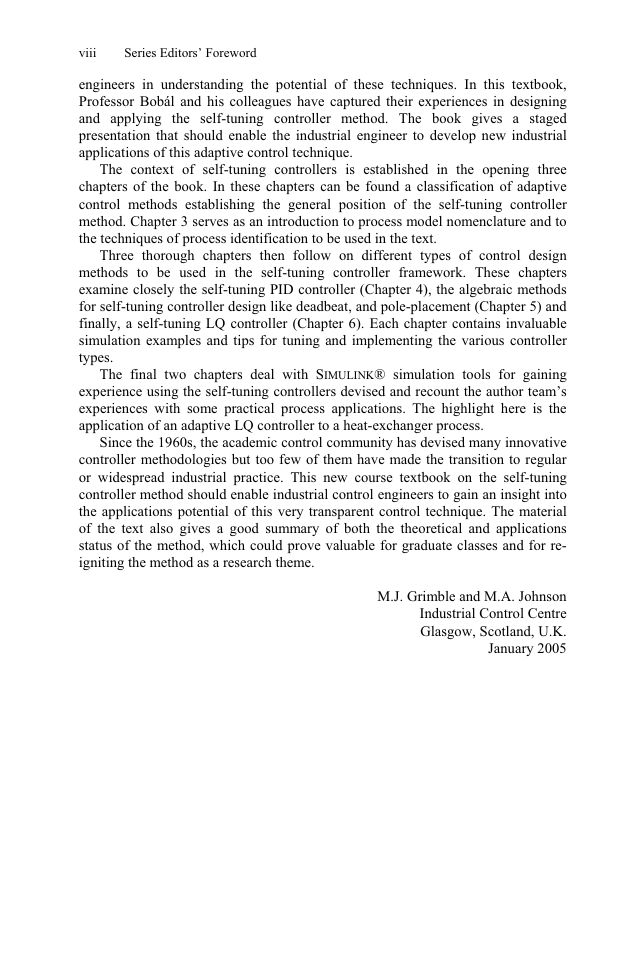
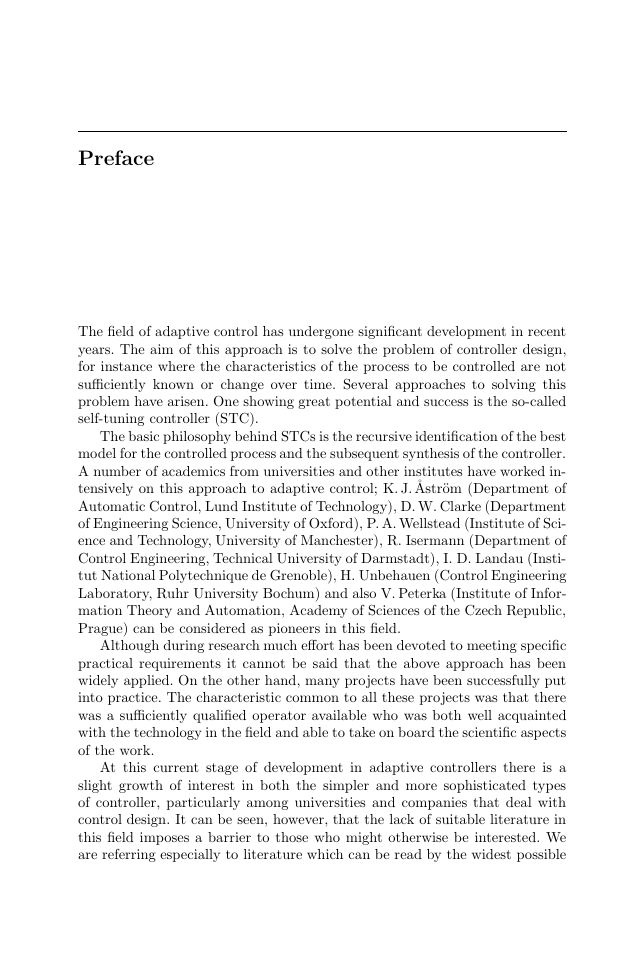








 2023年江西萍乡中考道德与法治真题及答案.doc
2023年江西萍乡中考道德与法治真题及答案.doc 2012年重庆南川中考生物真题及答案.doc
2012年重庆南川中考生物真题及答案.doc 2013年江西师范大学地理学综合及文艺理论基础考研真题.doc
2013年江西师范大学地理学综合及文艺理论基础考研真题.doc 2020年四川甘孜小升初语文真题及答案I卷.doc
2020年四川甘孜小升初语文真题及答案I卷.doc 2020年注册岩土工程师专业基础考试真题及答案.doc
2020年注册岩土工程师专业基础考试真题及答案.doc 2023-2024学年福建省厦门市九年级上学期数学月考试题及答案.doc
2023-2024学年福建省厦门市九年级上学期数学月考试题及答案.doc 2021-2022学年辽宁省沈阳市大东区九年级上学期语文期末试题及答案.doc
2021-2022学年辽宁省沈阳市大东区九年级上学期语文期末试题及答案.doc 2022-2023学年北京东城区初三第一学期物理期末试卷及答案.doc
2022-2023学年北京东城区初三第一学期物理期末试卷及答案.doc 2018上半年江西教师资格初中地理学科知识与教学能力真题及答案.doc
2018上半年江西教师资格初中地理学科知识与教学能力真题及答案.doc 2012年河北国家公务员申论考试真题及答案-省级.doc
2012年河北国家公务员申论考试真题及答案-省级.doc 2020-2021学年江苏省扬州市江都区邵樊片九年级上学期数学第一次质量检测试题及答案.doc
2020-2021学年江苏省扬州市江都区邵樊片九年级上学期数学第一次质量检测试题及答案.doc 2022下半年黑龙江教师资格证中学综合素质真题及答案.doc
2022下半年黑龙江教师资格证中学综合素质真题及答案.doc